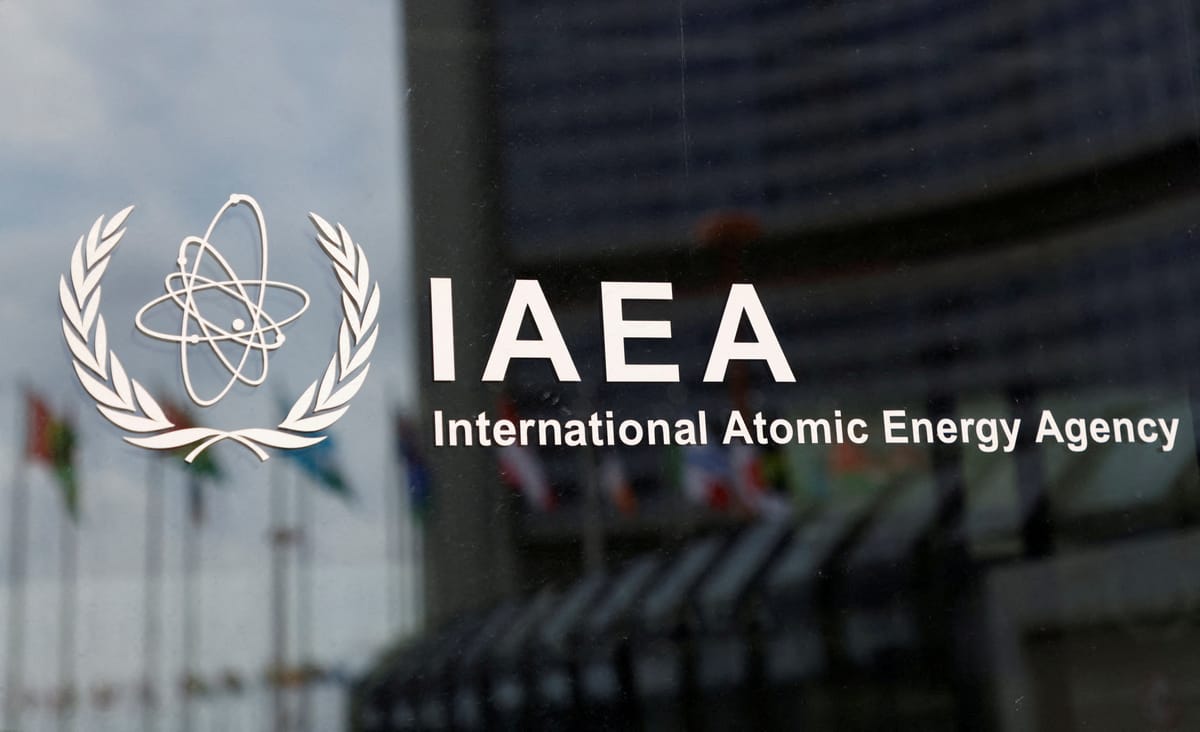Japan begins operations for the world’s biggest nuclear fusion reactor
Nuclear power uses nuclear reactions to produce electricity, and its popularity started growing at a fast rate in the 1970s.

A few minutes every morning is all you need.
Stay up to date on the world's Headlines and Human Stories. It's fun, it's factual, it's fluff-free.
The backstory: Nuclear power uses nuclear reactions to produce electricity, and its popularity started growing at a fast rate in the 1970s. This was driven by oil price shocks at the time brought on by geopolitical situations in the Middle East. But the growth of the nuclear power sector began to plateau in the 80s, and by the turn of the 21st century, the nuclear age was starting to decline overall. It fell in popularity partly because of the public associating it with nuclear weapons and concerns about its safety, especially after nuclear disasters like the US Three Mile Island plant in 1979 and the Chernobyl disaster in Soviet Ukraine in 1986.
More recently: In 2021, the world’s interest in nuclear energy was on the rise again. The war in Ukraine led to an international energy crisis – which ended up causing us to look into alternative energy sources (like nuclear power). On top of that, the global climate crisis has highlighted the need to reduce emissions and develop cleaner forms of energy.
With COP28 well underway, discussions are shifting toward reducing and possibly phasing out fossil fuel use. One alternative energy source getting a lot of attention at the summit is nuclear energy. Last week, 22 countries at the event promised to triple their nuclear energy capacity by 2050. And the US climate envoy to the conference, John Kerry, introduced an international nuclear fusion plan earlier this week. Fusion is different from fission (the technique used in nuclear power plants) because it fuses two atomic nuclei instead of splitting one.
The development: Japan has launched the world’s biggest experimental nuclear fusion reactor. The team behind the reactor is using it to test if nuclear fusion can be used as a safe form of clean energy on a large scale. The EU is also involved in the project, which is called the JT-60SA. Another one of these fusion reactors, the International Thermonuclear Experimental Reactor (ITER), is under construction in France. The goal of both projects is to get hydrogen nuclei to fuse into one heavier element, helium, so it releases energy in the form of light and heat, mimicking what happens inside the sun.
Up to now, nuclear fusion has only been able to create more energy than it consumes in small experiments. Last year, scientists at the Lawrence Livermore National Laboratory in California achieved a net energy gain with nuclear fusion for the first time ever. If the JT-60SA is successful, we could be looking at a whole new green power source. On top of that, unlike fission, nuclear fusion doesn’t have the risk of nuclear disasters, like the one in Fukushima, Japan, in 2011, and it produces a lot less radioactive waste.
Key comments:
“The generation of fusion energy does not produce carbon dioxide – making it an important technology in the path to net zero emissions,” the European Union’s Directorate-General for energy noted in a press release. “The fusion reaction is intrinsically safe: it stops when the fuel supply or power source is shut down. It generates no high-level long-lived radioactive waste. Because of these characteristics, fusion qualifies as one of the next-generation energy sources that simultaneously addresses energy supply and environmental challenges.”
“It’s the result of a collaboration between more than 500 scientists and engineers and more than 70 companies throughout Europe and Japan,” Sam Davis, the deputy project leader for the JT-60SA, said during last Friday’s inauguration of the reactor.




Comments ()